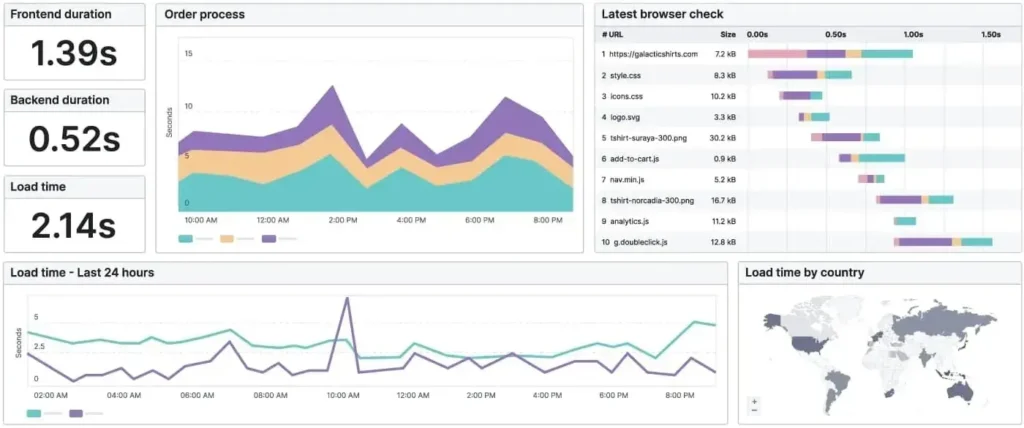When I look back at the projects where I’ve made the deepest impact, there’s a pattern: the businesses weren’t failing because of a lack of ideas. They were failing because of inefficiency. Teams were buried under manual reporting, leads were slipping through the cracks, and managers were making decisions based on outdated or incomplete data. Everyone had tools, but nobody had a system.
That was the starting point for my work in automation and analytics. My goal wasn’t just to connect the dots. It was to rebuild the entire workflow — from data collection to reporting — so growth could be predictable, scalable, and measurable.
The Challenge: Disconnected Data, Disjointed Workflows
One client had Google Ads campaigns running with thousands of impressions, yet no clear picture of which clicks turned into paying customers. Another was collecting leads but manually updating spreadsheets every week, making real-time tracking impossible. Course administrators spent hours searching for and updating program lists that could have been automated. Sales teams were stuck chasing leads without knowing which ones were actually worth their time.
The common thread was clear: people were working harder than ever, but their systems weren’t working for them.
The Turning Point: A Vision for Integrated Growth
I approached the problem with a simple principle — data should flow as easily as water. From the first click on an ad to the final handshake in a sales deal, every touchpoint had to be captured, synced, and presented in a way that drove action.
That vision meant combining custom code, automation scripts, and CRM workflows into one connected ecosystem. I wasn’t just looking to eliminate admin tasks. I wanted to give decision-makers the ability to see their business in real time.
Engineering the System
The first step was building out automation at the source. Using Google App Script, I developed tools that handled what teams had previously done manually:
-
Scripts that pulled contact data straight from Google Contacts into Sheets without anyone lifting a finger.
-
A Drive-to-Sheets automation that extracted file names and metadata instantly for audits.
-
A course search tool powered by App Script that let administrators and students refine results in seconds, not hours.
Each of these replaced repetitive tasks with automated flows, freeing people to focus on growth instead of grunt work.
Next came the customer journey. In HubSpot, I designed workflows that automatically scored, routed, and nurtured leads. Instead of a sales rep wasting time on a cold lead, the system now flagged high-intent contacts, triggered tailored follow-ups, and moved them through deal stages without friction. The pipelines became clearer, response times shorter, and lead-to-deal conversions measurably stronger.
Finally, I pulled everything together with integrated dashboards. Google Analytics, HubSpot, Ads, and CRM data all flowed into real-time views where traffic, conversions, revenue, and performance metrics could be tracked at a glance. For the first time, managers weren’t looking at last month’s results — they were making decisions on today’s numbers.
What Changed
The results spoke for themselves. One business processed over 17,000 interactions through automated lead funnels, generating more than 70 new leads without manual intervention. Another cut 35% of administrative workload simply by letting scripts and flows do what humans used to. Campaigns that were once measured in silos — impressions here, conversions there — became fully connected, making ROI visible across the entire funnel.
Even at the micro-level, the changes were noticeable. A Zoho integration I designed executed 28 automation flows flawlessly with zero errors. Google Ads data, once scattered, now tied directly into the CRM to show not just clicks but paying customers. A Google Business Profile integration meant 558 profile interactions could finally be tied back to campaign efforts.
What used to feel like chaos was now a system.
My Role
I didn’t just configure tools; I architected the whole framework. From writing the scripts in Apps Script, to designing HubSpot workflows, to aligning dashboards with the KPIs that really mattered — I made sure every piece worked in harmony. The goal was always bigger than saving time. It was about giving these businesses the ability to scale with confidence, backed by data they could trust.
Why It Matters
Growth isn’t guesswork anymore. With automation and analytics stitched into their operations, these companies can see exactly what’s working, what isn’t, and where to focus next. They’ve shifted from reactive to proactive — from chasing numbers at the end of the month to steering their strategy in real time.
That’s the real power of automation. It’s not about replacing people. It’s about giving them better systems so they can spend less time managing data and more time building businesses.








